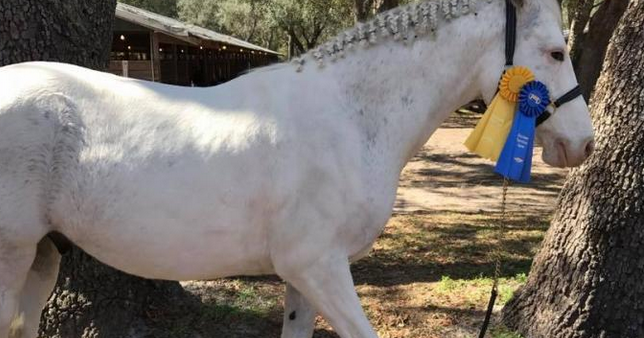|
Getting your Trinity Audio player ready...
|
In the world of equines, horse rescue stands as a crucial endeavour, offering a lifeline to horses facing neglect, abuse, or abandonment. The journey from rescue to rehabilitation is both challenging and rewarding, with dedicated organizations and individuals working tirelessly to give these majestic creatures a second chance at a healthy and fulfilling life.

Horse Rescue and Rehabilitation
The Plight of Rescued Horses
Horses entering rescue facilities often bear the physical and emotional scars of neglect. Malnourished, injured, or traumatized, these animals require immediate attention and compassionate care. The first step in horse rescue involves assessing their health and providing necessary medical treatment.
Rescued horses may exhibit fear or aggression due to past mistreatment. Patient and gentle handling is crucial in gaining their trust. Creating a calm and secure environment is paramount in easing their transition from a traumatic past to a hopeful future.
Horse Rescue Organizations: Champions of Compassion
Dedicated horse rescue organizations play a pivotal role in saving equines from dire situations. These groups collaborate with law enforcement, animal control, and concerned citizens to identify and intervene in cases of abuse or neglect. Their mission extends beyond mere rescue; it encompasses rehabilitation and, ideally, finding suitable forever homes for the horses.
The Importance of Equine Advocacy: Educating and Raising Awareness
The equine rescue goes hand in hand with advocacy and education. Many horses end up in dire straits due to ignorance or financial constraints. Equine advocacy groups work tirelessly to educate the public on proper horse care, emphasizing the responsibilities that come with equine ownership.
By raising awareness about the realities of horse neglect and abuse, these organizations strive to prevent such situations from arising in the first place. Through workshops, seminars, and online campaigns, they share valuable knowledge on topics like nutrition, veterinary care, and the emotional needs of horses.
The Rehabilitation Journey
Rehabilitating a rescued horse involves a multi-faceted approach. Physical healing addresses immediate health issues, from malnutrition to injuries. A nutritious diet, veterinary care, and sometimes, specialized therapies contribute to the recovery process.
Yet, the rehabilitation journey extends beyond physical healing. Rescued horses often suffer emotionally, exhibiting signs of anxiety, fear, or aggression. Patient and understanding caretakers employ gentle training techniques to rebuild trust and instil a sense of security.
Fostering Equine Connections: The Role of Humans in Rehabilitation
In addition, building positive connections between humans and rescued horses is pivotal. Caretakers, volunteers, and equine professionals engage in activities that forge bonds and restore a sense of normalcy. Regular grooming, groundwork exercises, and simply spending time together contribute to the emotional rehabilitation of these sentient beings.
Creating a routine is crucial for the psychological well-being of rescued horses. Predictability and consistency help them regain a sense of control and security. Establishing trust is a slow but essential process, where the actions of caretakers speak louder than words.
Challenges in Horse Rescue and Rehabilitation
While the mission of horse rescue is undeniably noble, it comes with inherent challenges. Limited resources, both financial and human, often strain the efforts of rescue organizations. The sheer number of horses in need of assistance can overwhelm even the most dedicated teams.
Finding suitable homes for rehabilitated horses is another challenge. Rescued horses may have special needs or require experienced caretakers. Matching them with adoptive families who understand and can meet these needs is a meticulous process.
Success Stories: From Rescue to Renewed Purpose
Amid the challenges, success stories abound in the realm of horse rescue and rehabilitation. Horses once on the brink of despair now thrive in loving homes or contribute to therapeutic programs for humans. These success stories underscore the resilience of horses and the transformative power of compassion.
Community Involvement: Supporting the Cause
Community support is vital for the success of horse rescue efforts. Local communities can contribute by volunteering time, donating resources, or providing financial assistance. Collaboration between rescue organizations and the community creates a network of care that strengthens the overall impact of equine rescue initiatives.
Looking to the Future: Sustainable Practices in Equine Rescue
As the awareness of horse rescue grows, there is a need for sustainable practices. This involves not just rescuing and rehabilitating horses in need but also addressing the root causes of neglect and abuse.
Conclusion
In the realm of horse rescue and rehabilitation, every success story is a testament to the transformative power of compassion. From the dedicated individuals on the front lines to the communities that rally behind the cause, the collaborative effort to rescue and rehabilitate horses in need illuminates a path towards a brighter future for these majestic creatures.
